Ancho Chili Powder vs. Chili Powder: Which One Will Spice Up Your Life?
Ever stood in the spice aisle staring blankly at rows of chili powders, wondering what in the world makes them different? You're not alone! The difference between ancho chili powder and chili powder is a common confusion even among seasoned cooks. Whether you’re a passionate home chef or a spice connoisseur looking to deepen your pantry knowledge, this article will guide you through the flavor profiles, culinary uses, and secret superpowers of these two popular spices.
Table of Contents
- Chili Powder Basics: What You Need to Know
- Ancho Chili Powder: Smoky, Sweet, and Oh-So-Special
- Head-to-Head: Ancho Chili Powder vs. Chili Powder
- Culinary Uses & Flavor Matching
- Buying Guide: How to Choose the Right Powder for Your Dish
- Final Thoughts
Chili Powder Basics: What You Need to Know
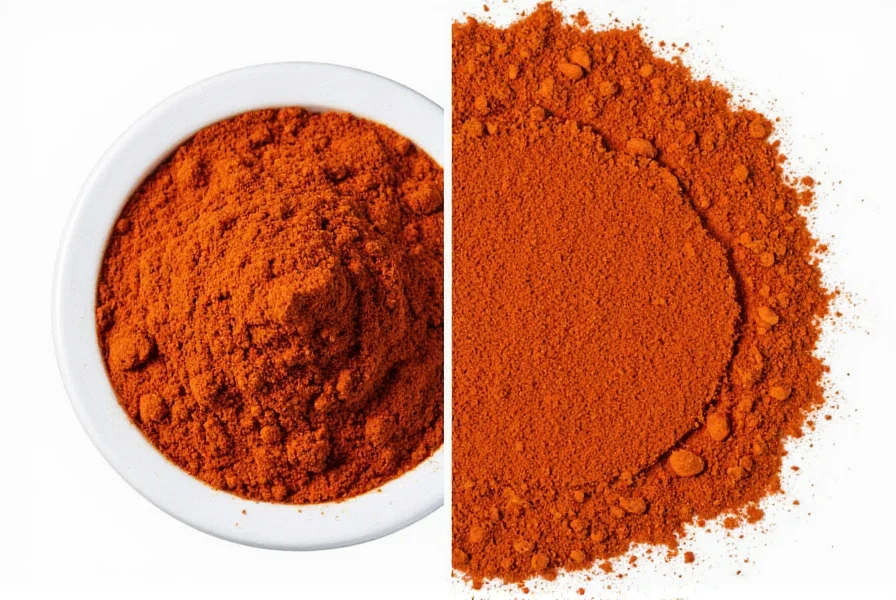
When most people say "chili powder," they often refer to the general category of ground dried chilies. But did you know that chili powder isn't just one thing? It's actually a broad term that includes everything from cayenne to paprika to blends like Texas-style chili powders that might contain garlic, cumin, and oregano.
Chili powder can range from mildly spicy to fire-breathing hot, depending on the type of chili used and whether additional ingredients are included. Its primary role is to add heat and color, but it can also bring earthiness, sweetness, or smokiness to a dish — depending on how it's made.
- Tip #1: Read the label! Some chili powders are pure ground chilies; others are spice blends.
- Tip #2: Store chili powder in a cool, dark place to preserve flavor and potency.
- Tip #3: Don’t substitute blindly — flavor and heat levels vary widely!
Types of Chili Powders
| Type | Description | Heat Level (Scoville) |
|---|---|---|
| Cayenne | Pure ground red peppers | 30,000–50,000 SHU |
| Mexican Chili Powder | Blended with cumin, garlic, oregano | Mild–medium |
| Texas-Style | Blend without tomato additives | Medium–hot |
Ancho Chili Powder: Smoky, Sweet, and Oh-So-Special
If regular chili powder is your average Joe, then ancho chili powder is the suave, sophisticated cousin who’s traveled the world and has a story behind every spice rack. Made from dried poblano peppers, ancho chili powder brings a deep, complex flavor profile with hints of cocoa, coffee, and dried fruit.
Its heat level is on the milder side compared to other chili powders — ranging from 1,000 to 2,000 Scoville Heat Units (SHU). But don’t be fooled by the lower number; where it lacks in fire, it more than makes up for in flavor.
What Makes Ancho Unique?
- Nutty sweetness: Adds depth to sauces and stews.
- Smoky aroma: Perfect for mole, rubs, and roasted vegetables.
- Thickening power: Helps create a rich texture in sauces.
Head-to-Head: Ancho Chili Powder vs. Chili Powder
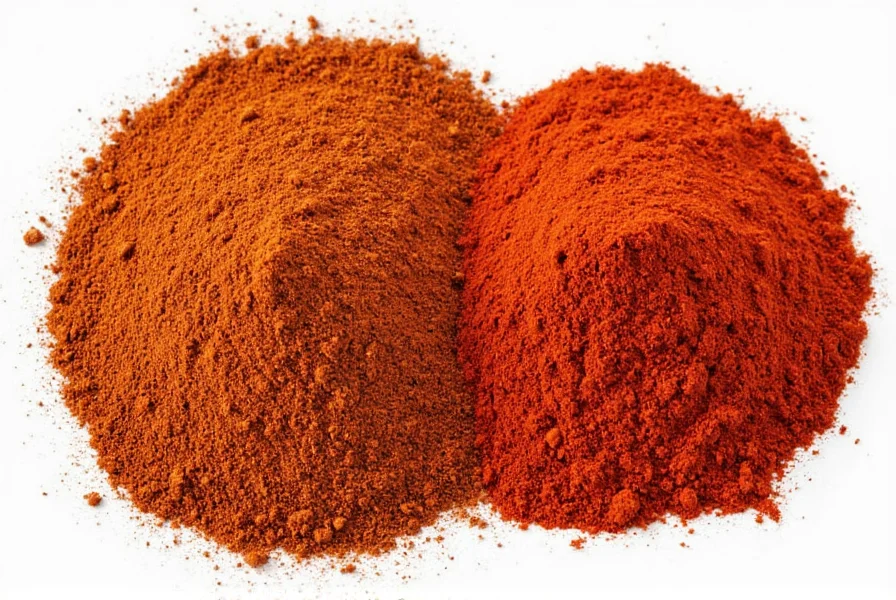
Now that we’ve covered both separately, let’s take a closer look at how ancho chili powder and chili powder differ in terms of flavor, usage, and application.
Flavor Comparison Table
| Attribute | Ancho Chili Powder | Regular Chili Powder |
|---|---|---|
| Base Ingredient | Dried Poblano Pepper | Variety of Chilies (e.g., cayenne, arbol, chipotle) |
| Flavor Profile | Smoky, sweet, fruity | Earthy, spicy, sometimes bitter |
| Heat Level | Mild (1,000–2,000 SHU) | Varies (Mild–Very Hot) |
| Common Use Cases | Mole sauces, braises, marinades | Chili con carne, taco seasoning, soups |
| Color Impact | Deep burgundy | Bright red |
Substitution Tips
- Use ancho instead of chili powder: If you want richer, deeper flavor and less heat.
- Use chili powder instead of ancho: If you need more heat or a simpler flavor profile.
- Pro Tip: Blend ancho with a touch of smoked paprika and cumin to mimic commercial chili powder in a pinch.
Culinary Uses & Flavor Matching
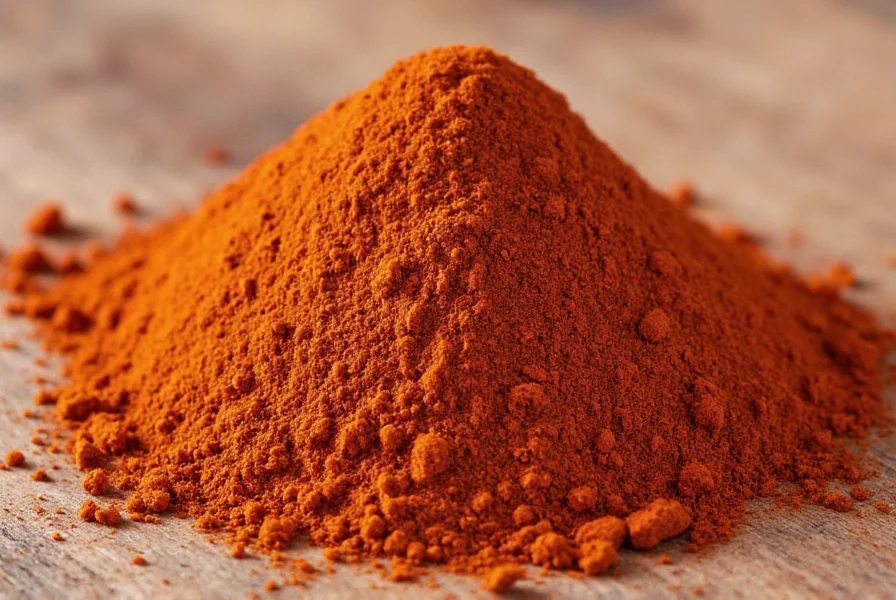
Knowing when to use ancho chili powder vs. chili powder can elevate your cooking from good to extraordinary. Let’s explore their best applications and pairings.
Best Dishes for Ancho Chili Powder
- Mole sauces: The backbone of traditional Mexican mole.
- Slow-cooked stews: Enhances depth without overpowering.
- Vegetable dishes: Especially roasted squash, carrots, and eggplant.
- Grilled meats: Used in dry rubs for pork or chicken.
Best Dishes for Regular Chili Powder
- Classic chili con carne: Especially Tex-Mex versions.
- Taco seasoning: Often the base for store-bought mixes.
- Soups and bean dishes: Adds warmth and body.
- Snack seasonings: Great for popcorn, roasted nuts, or fries.
Flavor Pairing Suggestions
| Spice | Flavor Combinations | Recommended Uses |
|---|---|---|
| Ancho Chili Powder | Cocoa, cinnamon, garlic, orange zest | Mole, marinades, grilled meats |
| Chili Powder | Cumin, oregano, onion powder, coriander | Tacos, chili, rice, beans |
Buying Guide: How to Choose the Right Powder for Your Dish
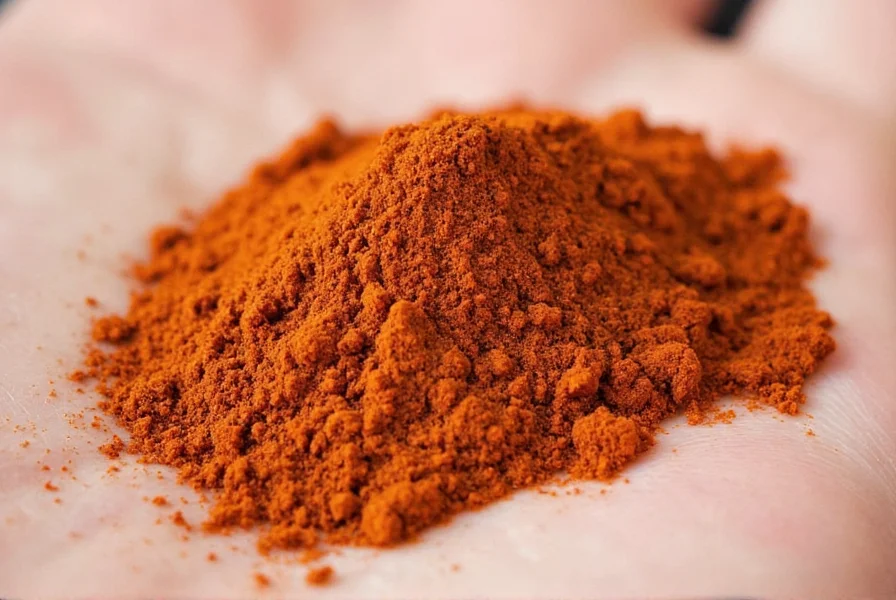
Choosing between ancho chili powder and chili powder doesn’t have to be confusing if you know what to look for. Here’s a practical guide to help you pick the right one every time.
What to Look For
- Purity: Check if it’s pure ground chili or a spice blend.
- Aroma: Fresh chili powders should smell vibrant and earthy — not dusty or stale.
- Label: Avoid preservatives and fillers whenever possible.
Top Picks for Ancho Chili Powder
| Product | Features | Advantages | Use Case |
|---|---|---|---|
| La Costeña Ancho Chili Powder | Pure ground ancho chilies | Rich, smoky flavor | Mole, slow-cooked meats |
| Goya Ancho Ground Chile | Smooth texture, mild heat | Ideal for everyday use | Marinades, stews |
| Frontera Ancho Chili Powder | Organic, sustainably sourced | Eco-friendly choice | Conscious cooking |
Top Picks for Chili Powder
| Product | Features | Advantages | Use Case |
|---|---|---|---|
| McCormick Chili Powder | Classic all-purpose blend | Great for chili con carne | Everyday cooking |
| Ranch Style Chili Seasoning | Includes garlic, cumin, oregano | One-stop solution for chili | Quick chili prep |
| Simply Organic Chili Powder | Organic, non-GMO | For health-conscious chefs | Healthy meal prep |
Where to Buy
- Local markets: Try Latin American grocery stores for authentic brands.
- Online retailers: Amazon, specialty spice shops offer premium options.
- Supermarkets: Great for basic chili powder blends.
Final Thoughts
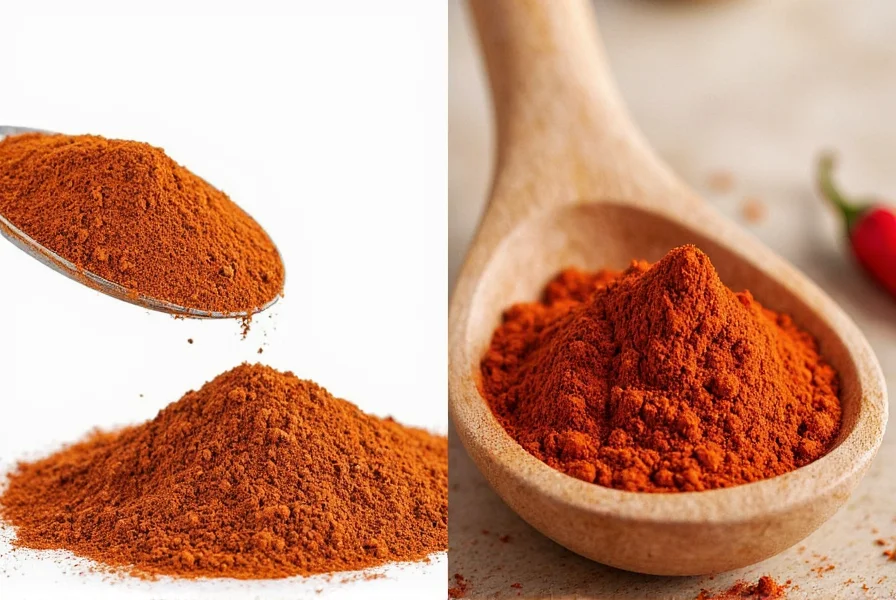
So, what’s the real difference between ancho chili powder and chili powder? It comes down to flavor complexity, heat level, and purpose. While chili powder offers versatility and heat, ancho chili powder brings depth, sweetness, and sophistication.
Whether you’re building a smoky mole sauce or whipping up a classic pot of chili, choosing the right spice makes all the difference. Now that you’ve got the inside scoop, go ahead and experiment — your taste buds (and your guests) will thank you.
And remember — when it comes to spice, it’s not about being the hottest. It’s about being the most interesting.

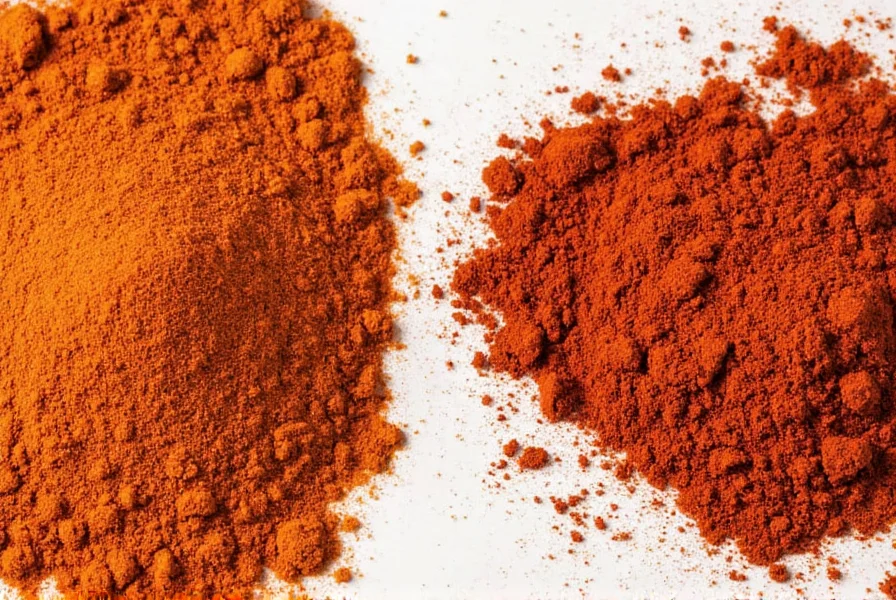









 浙公网安备
33010002000092号
浙公网安备
33010002000092号 浙B2-20120091-4
浙B2-20120091-4